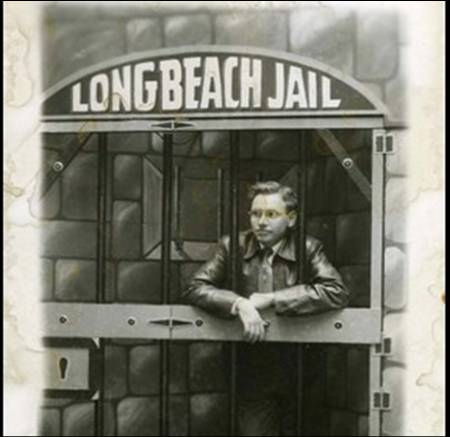Continuation in a series on portfolio management and the Buffett Partnership Letters, please see our previous articles for more details. Clients, Leverage, Subscriptions, Redemptions
“We accept advance payments from partners and prospective partners at 6% interest from date of receipt until the end of the year…Similarly, we allow partners to withdraw up to 20% of their partnership account prior to yearend and charge them 6% from date of withdrawal until yearend…Again, it is not intended that partners use us like a bank, but that they use the withdrawal right for unanticipated need for funds.
“Why then the willingness to pay 6% for an advance payment money when we can borrow from commercial banks at substantially lower rates? For example, in the first half we obtained a substantial six-month bank loan at 4%. The answer is that we except on a long-term basis to earn better than 6%...although it is largely a matter of chance whether we achieve the 6% figure in any short period. Moreover, I can adopt a different attitude in the investment of money that can be expected to soon be part of our equity capital than I can on short-term borrowed money.”
“The advance payments have the added advantage to us of spreading the investment of new money over the year, rather than having it hit us all at once in January.”
Buffett allowed his investors annual windows for subscription and redemption (to add or withdraw capital). However, clients could withdraw capital early at 6% penalty. Clients could also add capital early and receive 6% return.
Paying investors 6% for their advance payments technically constitutes a form of leverage. However, as Buffett points out, not all forms of leverage are created equal. Margin lines are usually short-term with the amount of capital available constantly shifting, tied to value of underlying portfolio holdings which are usually marketable securities. Bank loans have limited duration until the debt must be repaid or terms renegotiated. In contrast to the two previous common forms of leverage, paying investors 6% (or whatever percentage depending on the environment) is most similar to long-term leverage with permanent terms (until the annual subscription window), since the capital will stay, converting from “debt” to an equity investment.
A friend recently relayed a story on Buffett giving advice to an employee departing to start his own fund. Apparently, it was a single piece of information: allow subscriptions and redemptions only one day per year.
The paperwork, etc. aside, I believe the true rationale behind this advice lies in the last quote shown above. Similar to how advance payments allowed Buffett the advantage of “spreading the investment of new money over the year,” having one subscription/redemption date would allow a portfolio manager to offset capital inflows against capital outflows, thereby decreasing the necessity of having to selling positions to raise liquidity for redemptions and scraping around for new ideas to deploy recent subscriptions. In other words, it minimizes the impact of subscriptions and redemptions on the existing portfolio.
Risk Free Rate, Fee Structure, Hurdle Rate
“…6% is more than can be obtained in short-term dollar secure investments by our partners, so I consider it mutually profitable.”
Not only was 6% the rate applicable to early redemptions or subscriptions, 6% was also the incentive fee hurdle rate, such that if the Partnership returned less than 6%, Buffett would not receive his incentive fee.
Based on the quote above, it would seem in 1963, 6% was approximately the risk free rate. Today (Aug 2012), the rate that can be “obtained in short-term dollar secure investments” is 1% at best.
Some funds still have minimum hurdle rate requirements built into incentive structure (I see this most commonly with private equity / long-term-commitment style vehicles). But most liquid vehicles (e.g., hedge funds) don’t have minimum hurdle rates determining whether they collect incentive fees in any given year.
This makes me wonder: why don’t most liquid funds vehicle fee structures have hurdle rates? It doesn’t seem unreasonable to me that, at a minimum, these funds should have an incentive fee hurdle rate equivalent to the risk-free-rate in any given year.
Tax
“A tremendous number of fuzzy, confused investment decisions are rationalized through so-called ‘tax considerations.’ My net worth is the market value of holdings less the tax payable upon sale. The liability is just as real as the asset unless the value of the asset declines (ouch), the asset is given away (no comment), or I die with it. The latter course of action would appear to at least border on a Pyrrhic victory. Investment decisions should be made on the basis of the most probably compounding of after-tax net worth with minimum risk.”
Taxes made simple by Warren Buffett.
Sadly, many investment funds today fail to consider tax consequences because the clients who matter (the large pensions and foundations) don’t pay taxes. So their smaller taxable clients suffer the consequences of this disregard.


